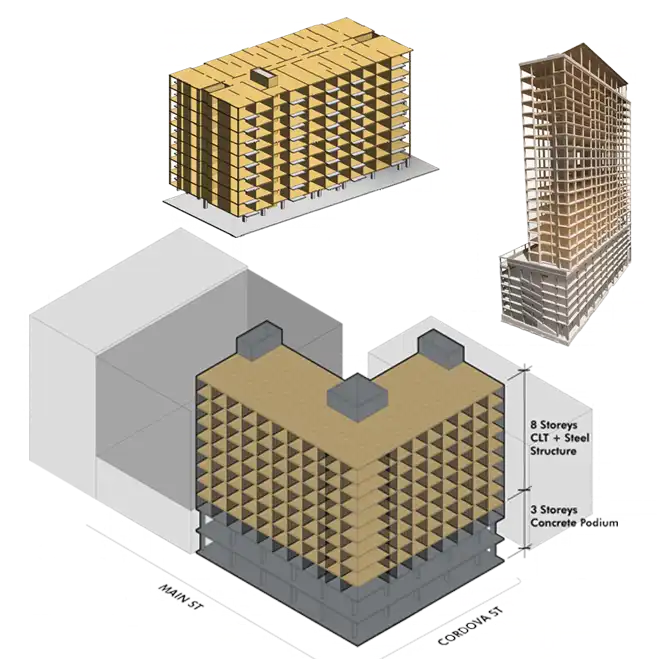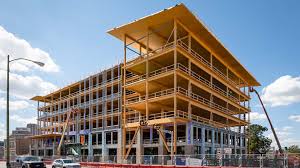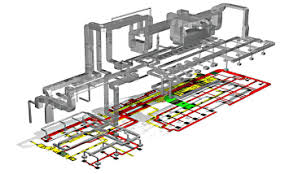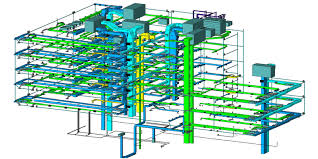Point Cloud to BIM for Airports and Large-Scale Infrastructure Projects
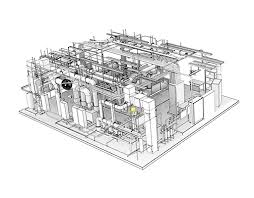
Strong 8k brings an ultra-HD IPTV experience to your living room and your pocket.
In today’s fast-paced construction world, managing complex infrastructure like airports and large-scale projects demands precision, speed, and coordination. This is where Point Cloud to BIM services have become game changers. By converting detailed 3D laser scan data into intelligent Building Information Models (BIM), project teams can visualize, analyze, and plan with unmatched accuracy.
What is Point Cloud to BIM?
Point Cloud to BIM is the process of transforming raw point cloud data—collected through 3D laser scanning—into accurate, data-rich BIM models. These models represent real-world conditions with high fidelity, capturing every detail of existing structures, terrain, and mechanical systems. This is particularly critical for airports and large infrastructure projects, where complexity and scale are immense.
Why Airports and Large Infrastructure Benefit from Point Cloud to BIM
Airports involve massive structures with numerous interconnected systems: terminals, runways, baggage handling, electrical and HVAC networks, and more. Similarly, large infrastructure projects such as bridges, tunnels, and rail networks require precision coordination among various disciplines.
Using Point Cloud to BIM services in these projects provides several benefits:
Accurate As-Built Models: Laser scanning captures the existing conditions with millimeter accuracy, reducing errors in modeling outdated or complex structures.
Enhanced Coordination: BIM models derived from point clouds enable better clash detection and coordination among architecture, structure, and MEP systems.
Faster Renovation and Expansion: For airports undergoing expansions or upgrades, these models accelerate design decisions and construction planning without shutting down operations.
Improved Facility Management: The detailed BIM models serve as valuable digital twins, helping facility managers maintain and operate large infrastructure efficiently.
Cost and Time Savings: Early detection of design conflicts and precise measurements reduce costly rework and delays.
Real-World Applications
Terminal Upgrades: Capturing the existing terminal layout and infrastructure to plan expansions without disrupting airport activity.
Runway and Taxiway Mapping: Accurate terrain and surface data ensures smooth construction and safety compliance.
Utility Coordination: Integrating electrical, plumbing, and HVAC systems into a unified BIM model to avoid conflicts during installation.
Historic Infrastructure Preservation: Detailed documentation for maintenance or restoration of heritage airport buildings.
Managing Data Complexity and Ensuring Accuracy
One of the biggest challenges in Point Cloud to BIM for large projects is handling the enormous volume of scan data. Airports and infrastructure sites can generate billions of data points that require powerful software and skilled technicians to process efficiently. Advanced filtering, segmentation, and classification techniques are employed to isolate relevant features and convert them into clean, manageable BIM components. Regular quality checks ensure the final BIM model accurately reflects site realities, minimizing risks during construction.
Integration with Other Technologies
Point Cloud to BIM services often integrate with other cutting-edge technologies such as drones, photogrammetry, and GIS mapping to enhance data collection and spatial analysis. For example, drones can quickly capture hard-to-reach areas of runways or bridges, providing comprehensive scans that complement ground-based laser data. This multi-source approach leads to richer BIM models, supporting better decision-making throughout the project lifecycle.
Future Trends: AI and Automation
The future of Point Cloud to BIM services in large infrastructure lies in automation and artificial intelligence. Machine learning algorithms are being developed to automate object recognition and classification within point clouds, drastically reducing manual modeling time. AI-powered tools can also predict potential design clashes or maintenance issues before they arise, allowing project teams to address problems proactively. These advancements promise to make BIM workflows even more efficient and reliable for complex airport and infrastructure projects.
Collaboration Across Stakeholders
Large-scale projects like airports involve multiple stakeholders, including architects, engineers, contractors, and facility managers. Point Cloud to BIM acts as a shared digital platform, improving collaboration by providing a single source of truth. Stakeholders can access the BIM model in real time to review progress, identify issues, and coordinate changes. This transparency reduces miscommunication and helps keep projects on schedule and within budget.
Sustainability and Compliance Benefits
Environmental regulations and sustainability standards are increasingly important in infrastructure development. Point Cloud to BIM allows teams to accurately assess environmental impacts and optimize designs to meet green building certifications. The precise data also supports compliance with safety and accessibility codes, which are critical in airports and public infrastructure. By embedding sustainability early in the BIM process, projects can achieve long-term operational efficiencies and reduced carbon footprints.
Conclusion
For airports and large infrastructure projects, Point Cloud to BIM services offer an essential tool to bridge the gap between reality and digital design. By delivering precise, coordinated models, they enable safer, faster, and more cost-effective construction and facility management. With the scale and stakes so high, leveraging these services is no longer optional but critical for success. As technology advances, the integration of AI, drones, and cloud computing will further enhance the capabilities of Point Cloud to BIM, making it indispensable for the future of infrastructure development.
Note: IndiBlogHub features both user-submitted and editorial content. We do not verify third-party contributions. Read our Disclaimer and Privacy Policyfor details.



